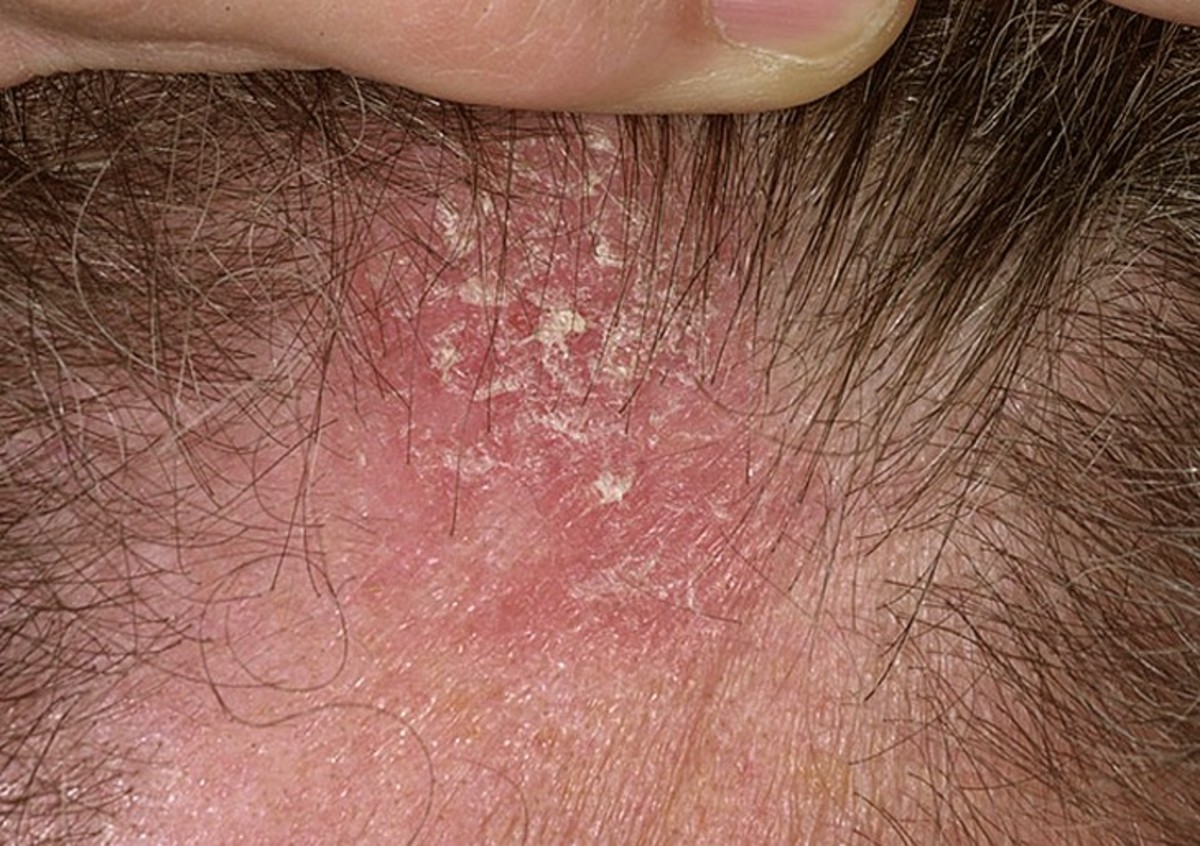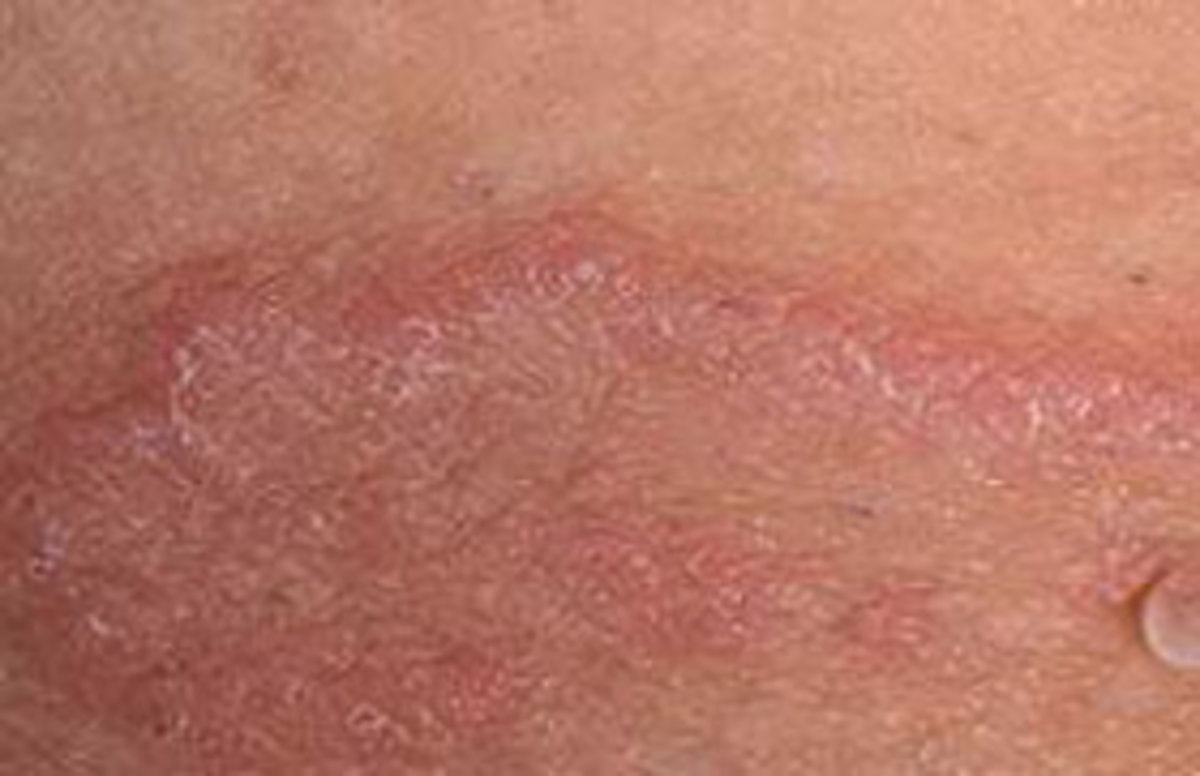Prostate Cancer: Men Need to Know
Stay Informed!
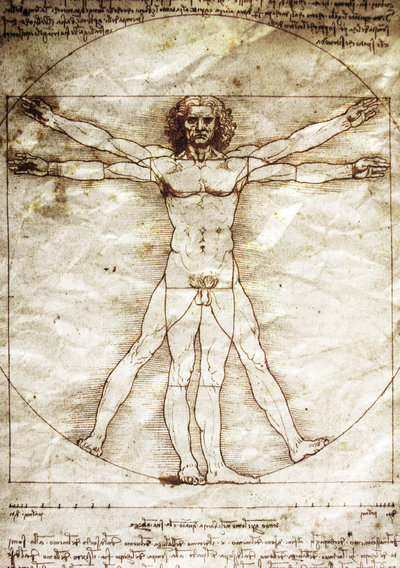
Understanding Prostate Cancer and How to Fight Back
In the latest estimates*, almost a quarter of a million humans are expected to lose their struggles to cancer during the year 2013, and ten percent of those deaths will be caused by prostate cancer. This ravenous and harmful disease typically begins in the glands of the prostate and may quickly spread to any area of the body. Unfortunately, prostate cancer seems to be more destructive to certain nationalities, mainly minorities, increasing their risks and ultimately their mortality rates when facing this type of illness.
There are ways to fight back, however, and many organizations and institutions are hard at work conducting clinical trials, drug experiments, control studies, and other life-saving research into methods of early detection and later stage treatment.
With the help of cutting edge scientific technology, study leaders are on the brink of being capable of delivering a treatment directly to the site of the tumor or cancerous cells, without affecting the surrounding tissue. Unlike harmful, heavy showers of radiation therapy that ultimately work to destroy the body hoping to get the cancer too, this new breakthrough will operate like a precision-guided organic smart-bomb only authorized to engage the enemy cells.
With mortality rates, and funding, at all time highs, leaders in the medical and scientific communities are banding together to implement New World solutions to finally eradicate the Old World problems that continue to snip at our heels into the 21st century.
*http://www.cancer.org/cancer/prostatecancer/detailedguide/prostate-cancer-key-statistics
Learn How to Discuss Your Case with the Professionals

Terms and Descriptions Relating to Cancer
There are a lot of tricky terms used to discuss this subject; therefore it will be necessary to become familiar with the most common and the most important of these terms early. Below is a list of the most frequently used terms when discussing cancer in general, while some have simplified nicknames, others are identified only by their medical assignment.
- Cancer- Abnormal cell division and mutation followed by invasion of nearby cells. Cancer cells travel in blood and lymph systems.
- Prostate- Male reproductive gland responsible for producing a fluid within semen. Located below the bladder and in front of the rectum.
- Metastasis- The process of cancer spreading from point A in the body to point B in the body.
- Tumor- A tissue mass resulting after cells fail to die when they should, or due to abnormal cell division. Tumors are often referred to again in more specific terms:Benign (bah-nine) tumor, which is non-cancerous; and the malignant tumor, the cancerous one.
- Nanotechnology- The science behind complex systems that are designed and operated at the molecular level. The hardware side of the technology could theoretically consist of machines smaller than the naked eye can perceive working in conjunction on a common, programmed goal.
The location of the prostate gland
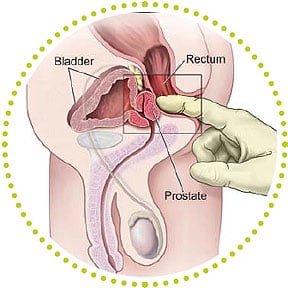
Reader Interaction
Have you known someone that has been diagnosed with prostate cancer?
The Beginning of Prostate Cancer
The period before the tumor is found or if it is found and deemed to be non-threatening, the patient would be considered to have reached Stage 1 of prostate cancer. Unfortunately, Stages 1 and 2 prostate cancers do not oftentimes display early signs or noticeable symptoms that can alert a man to its presence. In later stages, such as 3 and 4, there are several signs that the cancer cells are present and have grown and multiplied to an extent that complications are being displayed.
Here are several of the indications of possible advanced prostate cancer:
- Bloody semen/ urine
- Hesitant Urination/ Low pressure
- Hip/Pelvic discomfort
- Erectile dysfunction
- Lower back pain
- Upper leg/ thigh pain
- Bone pain
- Weight loss
- Fatigue
At this point the patient is strongly recommended to visit a doctor. This is recommended due to the obvious symptoms that the patient suffers from, but what if no symptoms are present? Is it okay to be checked out, just in case? Maybe not…
A Screening Should Do More Good Than Bad
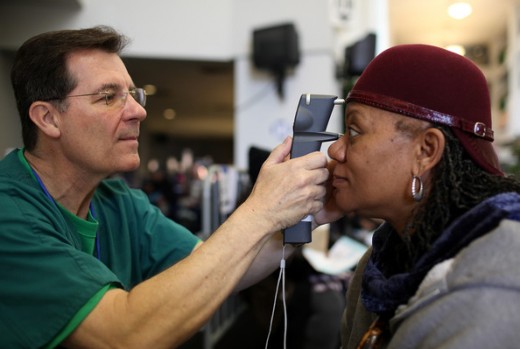
The Risks Associated with Prostate Screening Procedures
It is important to stress that if the man is experiencing any of the signs listed above, they should seek medical advice as soon as possible. If not, screening prematurely may be bad for your health. The procedures themselves are dangerous due to their invasive natures and have potentially extreme side effects or, worst case scenario situations.
Operations such as biopsies and surgeries to remove small masses before they display signs of activity can both result in unnecessary damages to the patient due to the fact that not all lumps, bumps, and alien objects that our body produces are harmful. Many doctors encourage a ‘wait-and-see’ attitude towards minor anomalies.
A simple demonstration of the metastasis process which spreads cancer cells throughout the body.
Metastases into Advanced Prostate Cancer: Stages 3 & 4
When cancer cells remain attached to their primary tumor they remain relatively easy to remove and eliminate the cancer around the prostate area. It is when the particles of cancerous tumor break free, a process known as metastasis, and travel through the lymph system or blood stream to other parts of the body. There the diseased cells will attach to healthy cells and begin their destructive metamorphosis again, thereby spreading the cancer to other parts of the body and making chances of removal next to impossible.
Migration of the Cancerous Cells
In the instance that the cancerous tumor cells metastasize, or break free, there are areas that they most commonly infect next after leaving the prostate, and those that are rarely, yet nonetheless affected all the same. The two categories are listed below cataloging the common and rare metastasis occurrences.
Commonly affected areas post-metastasis
- Lungs
- Brain
- Liver
- Lymph nodes
- Bones
- Glands
Uncommon but documented areas of infection post-metastasis
- Muscles
- Pancreas
- Adrenal glands
- Eyes
- Breasts
- Kidneys
- Spleen
- Salivary glands
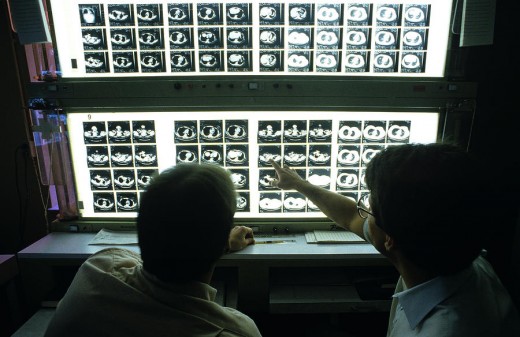
Trivia Timeout!!
view quiz statistics'Therapies' for Cancer Patients
- Radiation Therapy- This type of treatment relies on the use of an examination known as simulation to determine the exact course of the treatment, where the radiation will be focused, in what position the patient will be in during the procedure, and may include mold, body forming props, headrests, or other devices to attain optimal positioning during treatment.
After the treatment plan has been established the decision will be made whether internal or external radiation therapy is needed to treat the affected area. Depending on the location and size of the cancerous cells, more or less extreme dosages may be necessary.
- Hormone Therapy- Hormone therapy works in some cases as an alternative to invasive and destructive procedures by using hormones to block the supplies needed by the tumor to growing from reaching it. Other methods involve treating the actual cancer cells in order to keep them from picking up vital reinforcements, stopping the production glands that are directly feeding the tumor, and surgeries to completely remove the hormone-producing glands. Hormone receptor tests will be conducted before treatment to determine whether the cancer cells are responsive to the hormone treatments.
- Chemotherapy- Chemo may be the most widely recognized term when it comes to a discussion regarding cancer treatments. Chemotherapy is the use of various anti-cancer drugs to fight the cells’ ability to divide and reproduce in order to grow. The methods of application are as follows:
a. Pill
b. Muscle or fatty tissue injection
Intravenously
Into a body cavity directly
Topically
Prostate Cancer is the Number One Cancer in Men
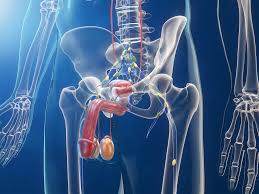
Surgical Alternatives
- Surgical Options- There are four major surgical alternatives that may be available on a case by case basis. All of these options except one are invasive in nature and require some amount of time for recuperation and healing, though the exact amount of time needed will vary by individual and the particulars of each case. Below is a breakdown of the surgical options for treatment of advanced prostate cancer.
- Radical Prostatectomy- This surgery involves the complete removal of the prostate gland and any surrounding tissue that may have been compromised.
- Laparoscopic Radical Prostatectomy- A similar procedure as a Radical Prostatectomy to remove the prostate gland, however, less invasive through the use of thin, specially designed, camera-mounted surgical equipment and robotic precision guidance systems.
- Transurethral Resection of the Prostate- The only procedure that does not involve a scalpel. This method removes the part of the prostate that surrounds the urethra and is designed to alleviate symptoms rather than provide any type of cure.
- Cryosurgery- This method takes advantage of extreme cold temperatures to freeze the cancer cell from within the tumor using a small metal tool placed inside surgically.
Treatment Alternatives
There is no outright cure for prostate cancer, it is important to readers who may be looking for this answer that this is stated clearly and without hesitation. There are a variety of treatment options for curbing the growth of future cancerous cells and those designed to remove the tumor or cells from the body along with any affected surrounding tissue depending strongly on when it is caught. If the condition is caught soon enough, the likelihood of successful removal all of the malevolent tissue is much higher, however, there are no promises made by the medical and scientific community regardless of diagnosis time.
Stages 1 & 2
The treatments for Stages 1 &2 prostate cancer, after initial tests, typically involve a wait/watch policy clinically known as expectant therapy if a benign tumor is found, or one that is so small that it is not yet identifiable as harmful or not. Oncologists will follow the progress, or lack thereof, and take the necessary steps at the appropriate time.
Stages 3 & 4
The types of treatments available for advanced prostate cancer consist of a variety of methods and options to consider separately and in conjunction with one another when possible. There are some that are termed therapies and vary greatly in application, and others that are surgically invasive in nature. Below is the breakdown of the treatments: the name and a brief description of the methodology.
Nanobots: The Future of Medicine
Mini Machines Deliver Gargantuan Results
A breakthrough in the field of drug delivery is entering the second phase of clinical trials soon. This method uses nano particles, or machines smaller than the naked eye can see, to deliver chemotherapy drugs directly to the tumor or area or cancerous cell activity. This application, taken from a playbook known as precision medicine, significantly reduces side effects and collateral damage by targeting only the cancer cells and leaving healthy tissue unmolested.
Scientists and engineers behind the advancement are comparing it to a express bus line that goes directly to the destination advertised, no stops along the way. In addition to more precise targeting abilities, the nanotech solution will allow doctors to prescribe a more concentrated and effective dosage to the patient due to the fact that it is being more focused onto the problem cells.
Test your knowledge!
view quiz statisticsOngoing Trials, Experiments, and Research
Despite the growing number of men diagnosed each year with prostate cancer, the research community has persevered undaunted with numerous case trials, experiments, and study groups in order to pin down some solid data regarding the prevention and cure of cancer causing cells. These trials include everything from pills and the use of hyperbaric oxygen to robotic application versus open-surgery methods. With a continued combined effort from the medical and scientific community, it is likely that breakthroughs will continue to be discovered and progress made in an effort to completely alleviate the burden of cancer on our civilization.
S.P. Kelly
Related articles by this author
- Men's Breast Cancer
While women comprise the majority, they are not the only victims of breast cancer. This indiscriminate killer grows in 1 in every 1000 men in the US. But precautions can be taken, lives can be saved. - PMS for Men: Manopause
Men suffer a gradual decline in testosterone throughout their lives. These changes have a profound impact on the individual and his loved ones. Do you understand the facts about Manopause?
Important Notice!
Despite the fact that holistic approaches have been made, and successful reports have been submitted in regard to the techniques, the success rates of modern oncology methods and the sheer volume of case studies provide historical, measurable data that may be confirmed and cross checked. Therefore, this article will base supporting facts on availability of current, accurate, modern cancer fighting techniques.
Citations and References
http://www.cancer.gov/cancertopics/types/prostate
http://cancer.osu.edu/patientsandvisitors/cancerinfo/cancertypes/prostate/Pages/index.aspx
http://www.mayoclinic.com/health/prostate-cancer/DS00043/DSECTION=symptoms
http://www.cancer.gov/cancertopics/pdq/screening/prostate/Patient/page4
http://www.mayoclinic.com/health/prostate-cancer-metastasis/AN02203
http://www.cancer.org/research/cancerfactsstatistics/cancerfactsfigures2013/index
http://cancer.osu.edu/patientsandvisitors/cancerinfo/cancertypes/prostate/Pages/index.aspx
http://www.cancer.gov/cancertopics/types/prostate







